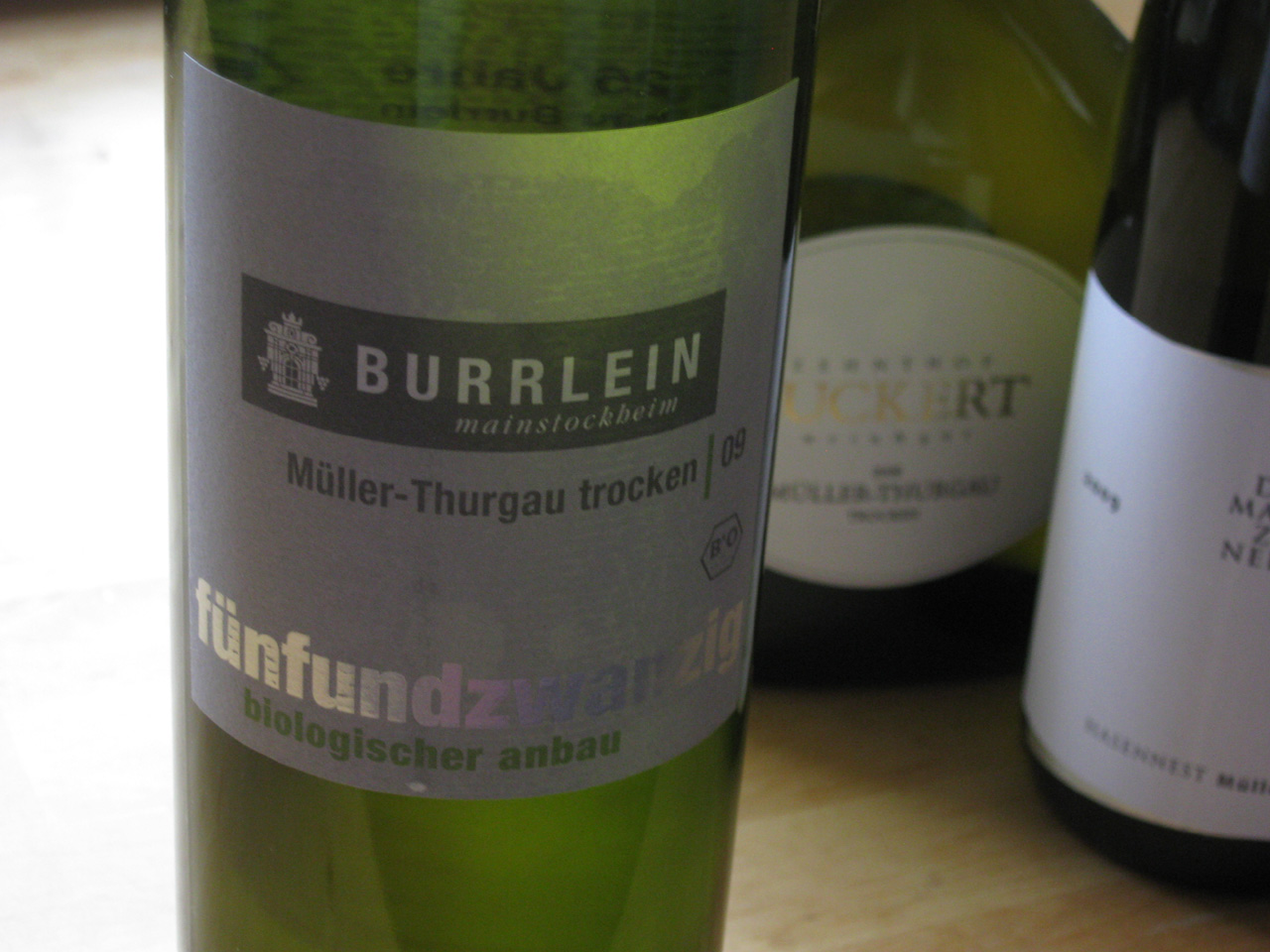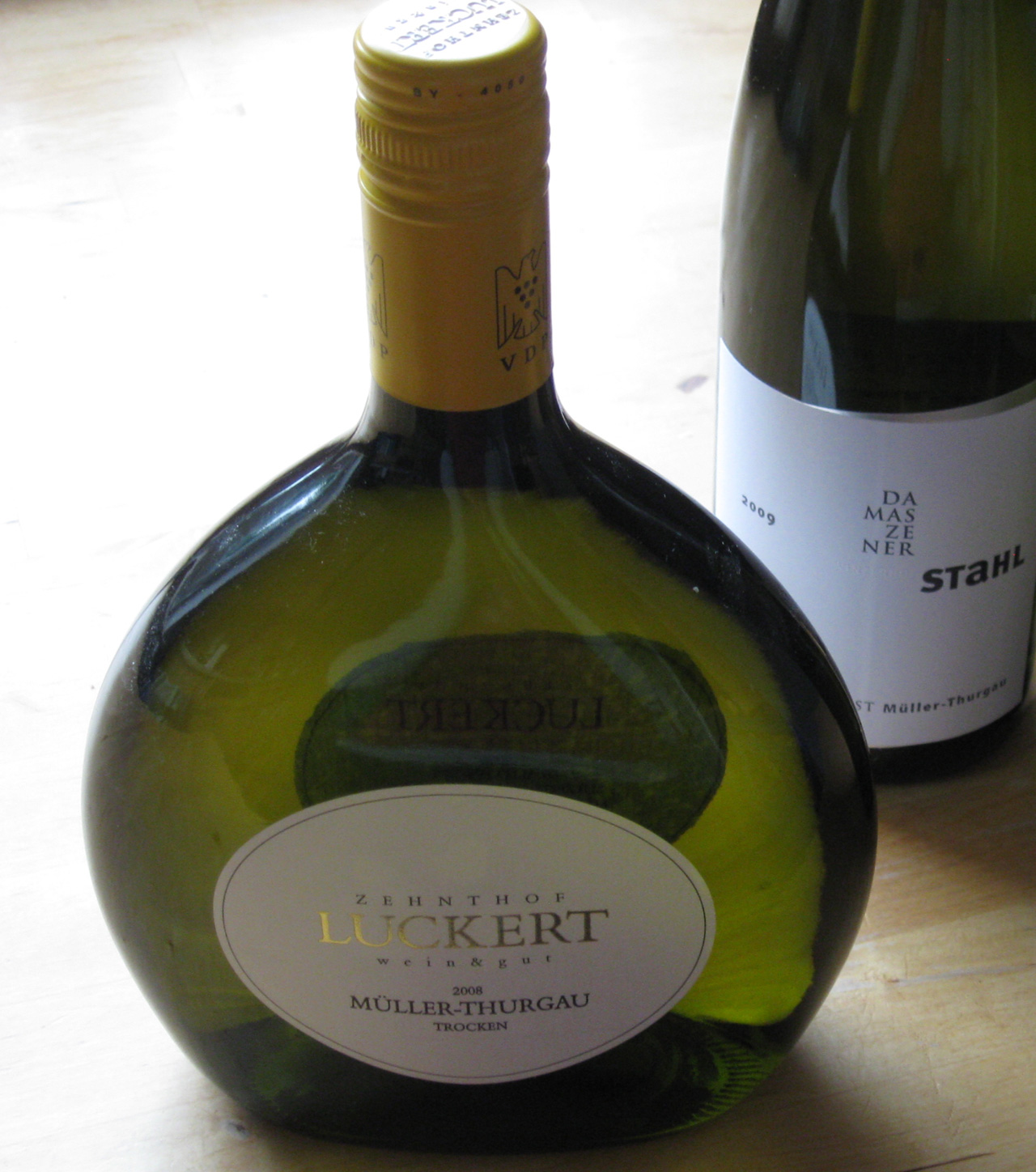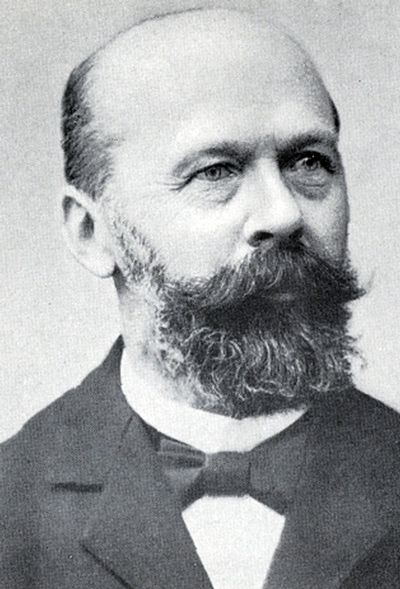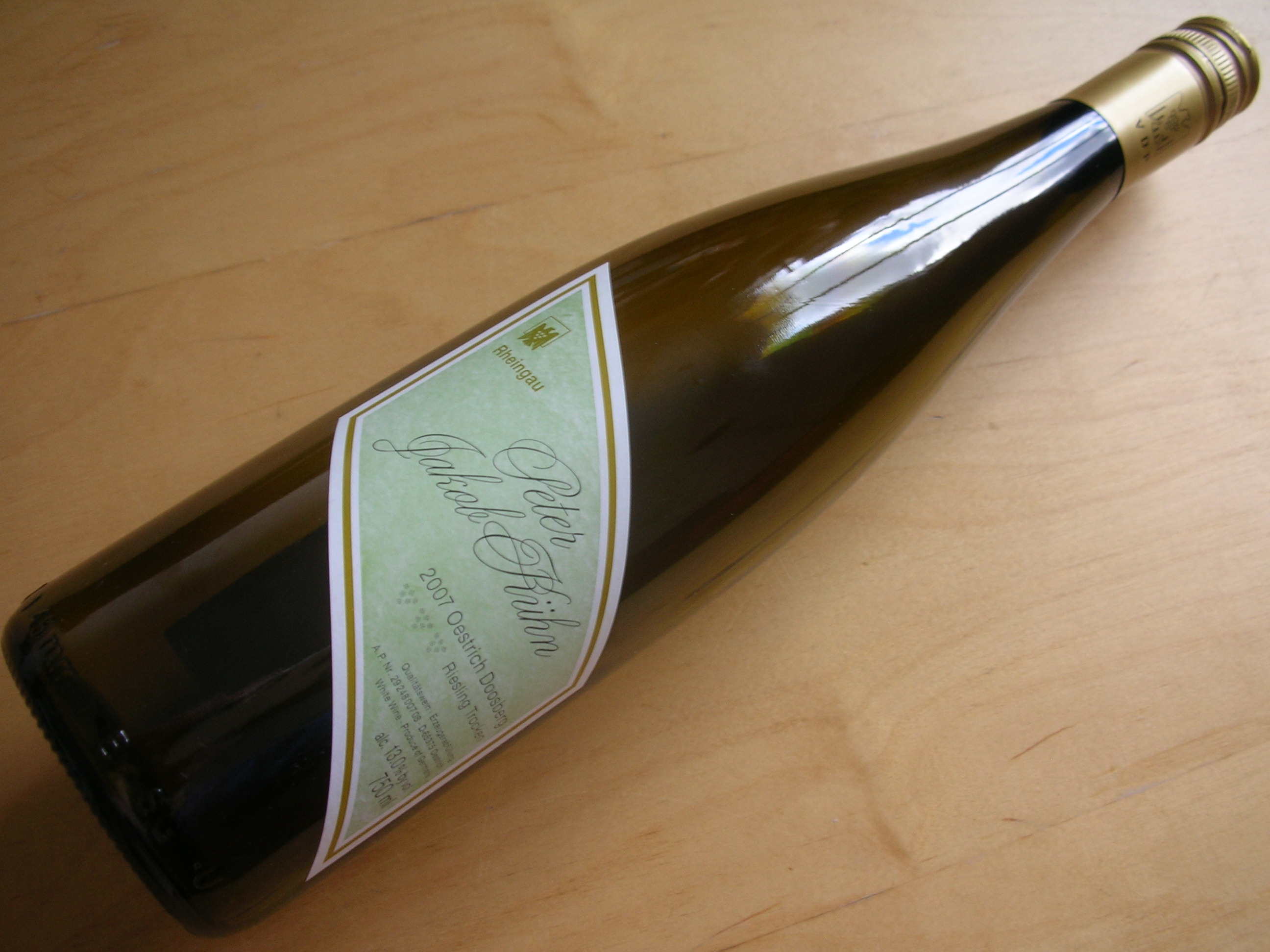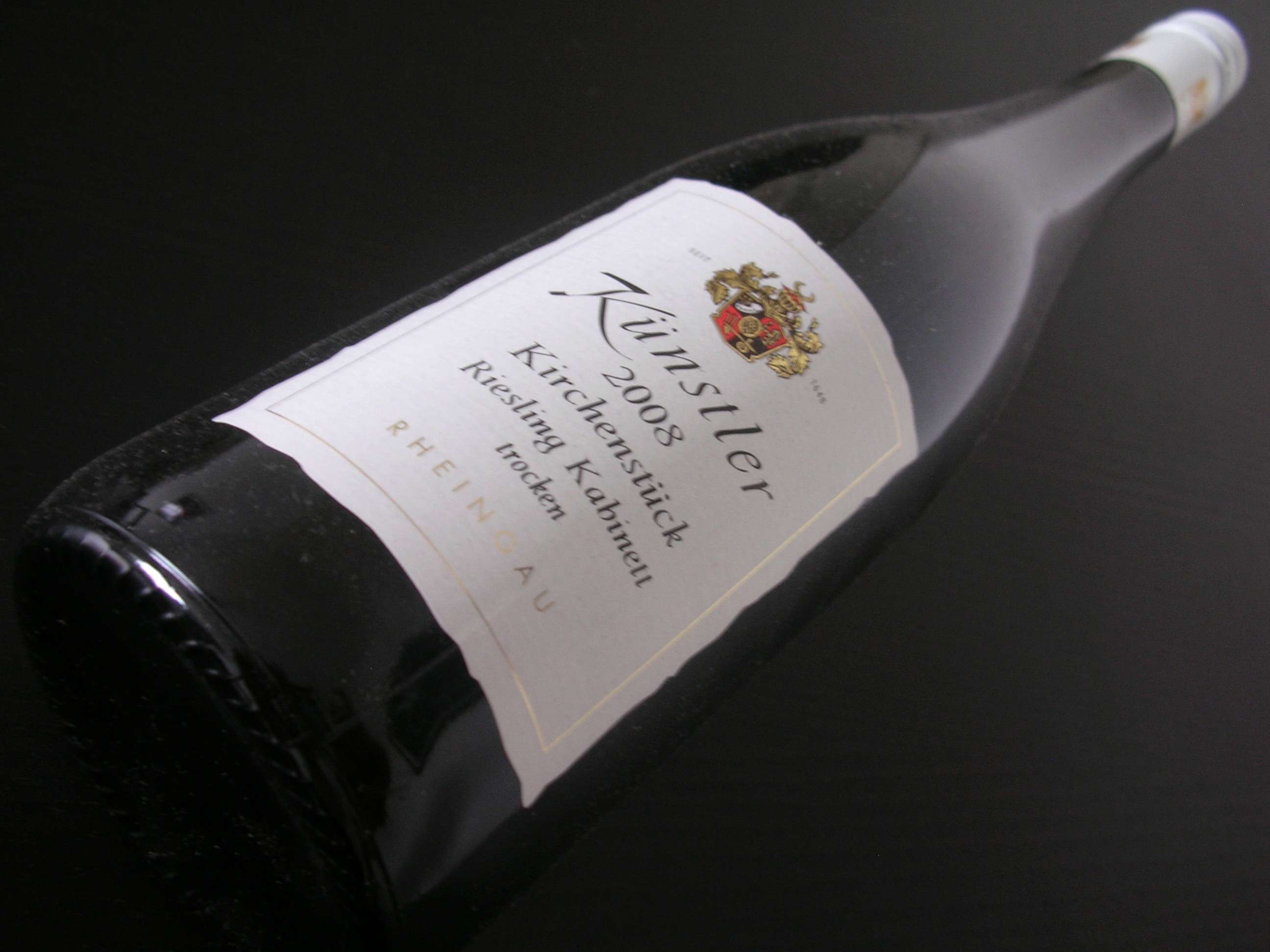Reinhold Haart, Piesporter Spätlese, Riesling, 2003
New York City is hipster territory - or at least that is the message it is trying very hard to project during my current visit. Interestingly, most things German do seem to be considered hip, especially German beer culture. The Lower East Side for instance welcomed me with German brass music, schnitzel and beer served by busty wenches dressed in pseudo Bavarian outfits. German Riesling, it turns out, is also very popular among the cool wine kids here, so it was quite fitting I brought one over to share with my host: a late harvest Riesling made by one of my favourite producers at the Mosel, Theo Haart. Usually, I would have opted for a Haart Riesling from one of the famous vineyards such as Piesporter Goldtröpfchen, but a few years ago I came across this late harvest from several vineyards around Piesport, which to me seemed almost more interesting than some of the wines from the top sites. Did it hold up as well as Haart's premier wines though, I wondered, or were we in for a disappointment?


